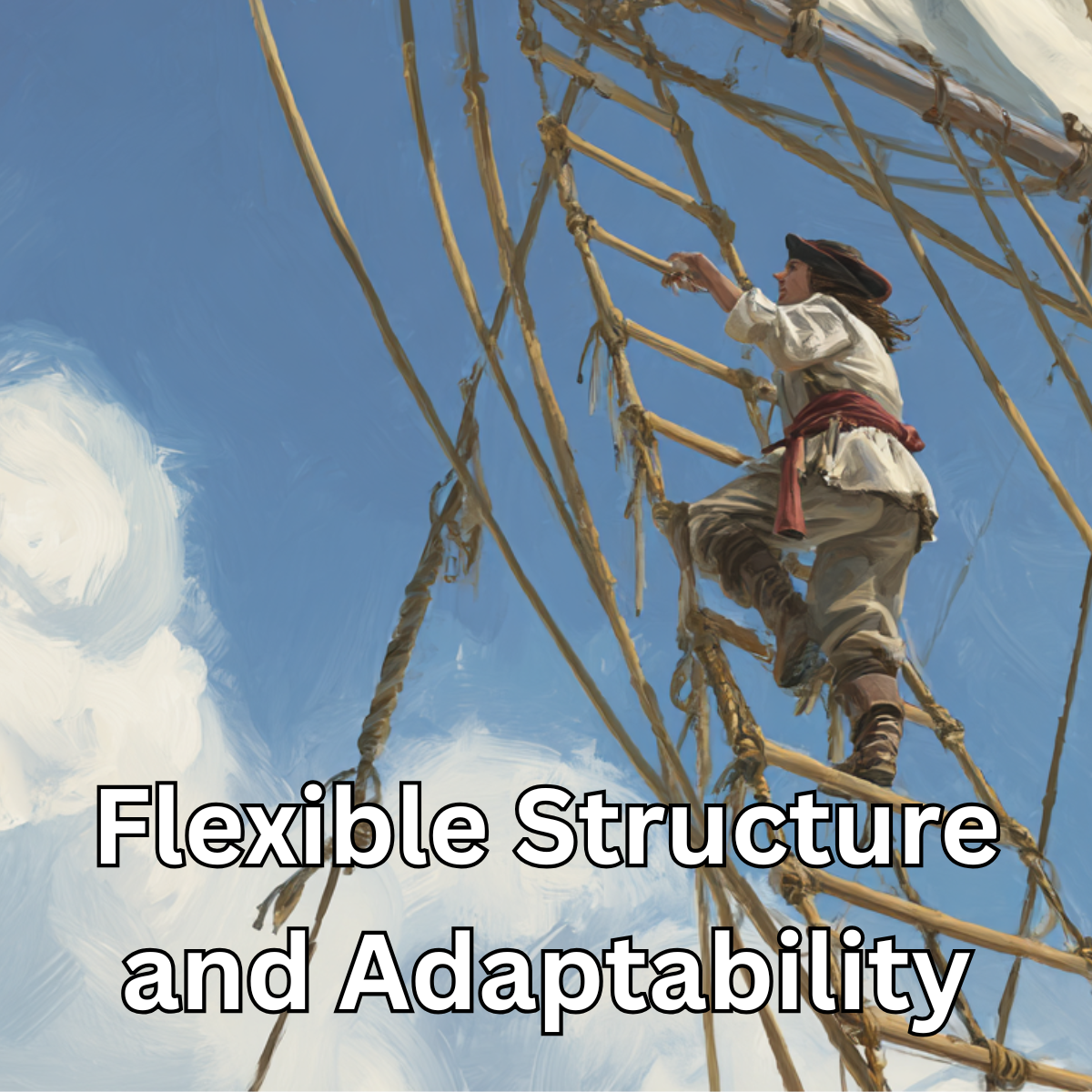This is the fourth in a series I am writing on how potential lessons from the Golden Age of Piracy can help us in our own adventures. As I am currently out on an adventure of my own, this is a series that I wrote ahead of time and prerecorded.
The sea has always been an unpredictable environment—storms arise without warning, alliances shift overnight, and new opportunities emerge in the blink of an eye. Pirates, perhaps better than anyone else of their time, understood that success depended on adaptability and flexibility in the face of constant change.
Historical records show pirates frequently adjusting their tactics in response to evolving situations. They changed flags to deceive or intimidate opponents, swiftly shifted alliances to capitalize on changing political dynamics, and adapted their routes based on shifting trade patterns and naval patrols. These tactics weren’t just clever—they were necessary survival strategies.
One notable example comes from Captain Henry Morgan, who regularly switched alliances between the English, Spanish, and French. Morgan demonstrated exceptional adaptability by exploiting shifts in political landscapes to his advantage. Similarly, pirate ships routinely disguised their identities by flying false colors, quickly raising their true flags only moments before engagement. These flexible strategies allowed them to surprise adversaries and seize opportunities others missed.
Agile teams today operate in environments remarkably similar in their volatility. Markets change rapidly, technologies evolve unpredictably, and competitors frequently pivot without warning. Just like pirate crews, modern agile teams need to embrace a flexible structure that can pivot and adapt quickly to shifting circumstances. Rigid plans or inflexible team structures simply can’t keep up with today’s pace of change.
To thrive in such conditions, teams should cultivate a mindset of continuous readiness and responsiveness. Agile methodology itself promotes iterative approaches and rapid adjustments based on real-time feedback, mirroring the adaptability pirates employed at sea.
Practical Takeaway: Structure your team explicitly to facilitate rapid adaptation and responsiveness. Regularly review your processes and remain open to shifting roles, responsibilities, and strategies as conditions evolve. Foster a culture of continuous learning, experimentation, and quick adjustments, ensuring your team remains agile enough to seize opportunities or counter threats swiftly, much like the nimble pirate crews navigating uncertain seas.




